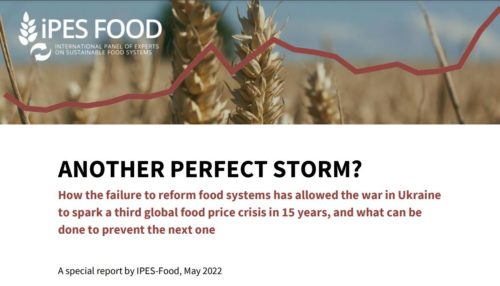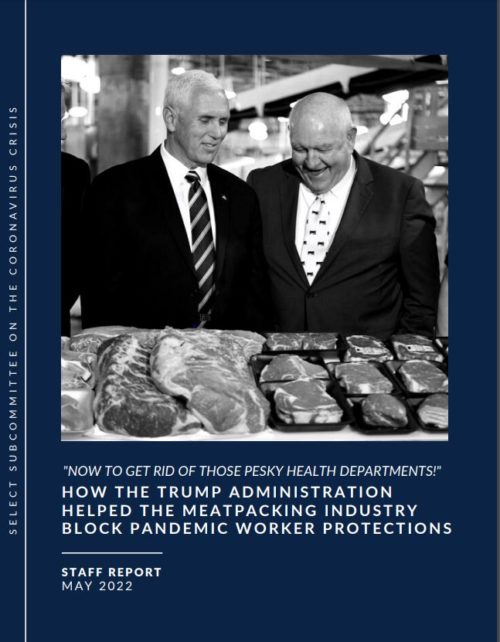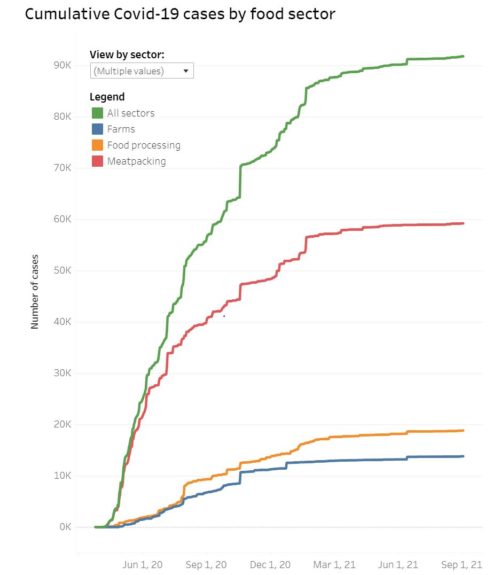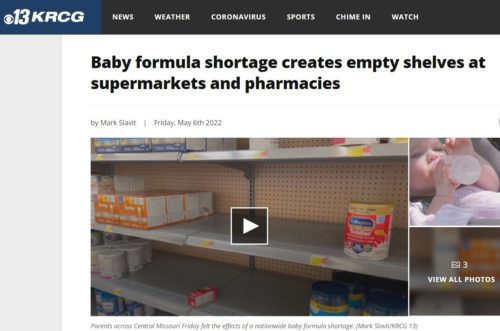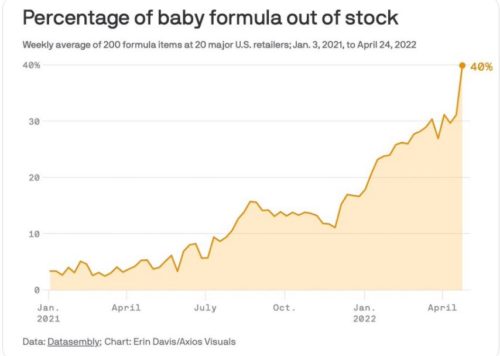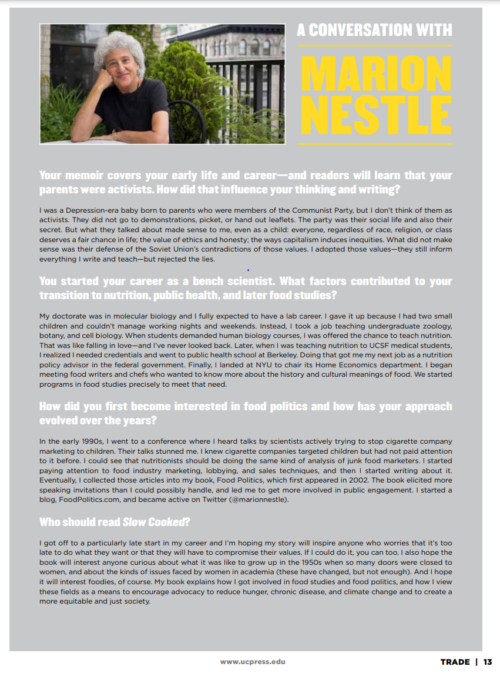The politics of international food aid: cargo carrier preferences
US food aid to other countries has long been criticized as proving more benefit to us than to whoever we are trying to help.
This is because our laws require at least half of the ships carrying food donations to be owned by Americans. This rule can be waived in emergencies such as what’s happening in the Ukraine.
Senators Joni Ernst (R-Iowa) and Chris Coons (D-Del.) have introduced a resolution to waive this rule until early 2025.
What’s amazing about the rule is how much it costs.
USAID says it will cost $388 million to provide $282 million in food aid to Ethiopia, Kenya, Somalia, Sudan, South Sudan and Yemen.
A big part of the excess cost is due to cargo preference rules (fuel costs also contribute).
In 2015, the Government Accountability Office published an analysis which demonstrated
Cargo preference for food aid (CPFA) requirements increased the overall cost of shipping food aid by an average of 23 percent, or $107 million, over what the cost would have been had CPFA requirements not been applied…differences in the implementation of CPFA requirements by the U.S. Agency for International Development (USAID) and U.S. Department of Agriculture (USDA) contributed to a higher shipping rate for USDA.
Needless to say, the US shipping industry opposes any change to the rules.
The reduction of cargo would only further endanger the jobs of civilian merchant mariners creating the distinct possibility that there will not be enough mariners to meet military surge and sustainment requirements for future military conflicts. When foreign flag shipping companies are currently making record profits amidst global supply chain disruptions, now is not the time to weaken critical policies that would come at the expense of American businesses and working families.

